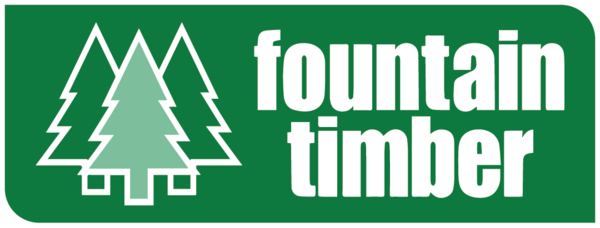Choosing Your Firewood

Firewood
Our increasing awareness of the environmental damage caused by the use of fossil fuels has led to a growing interest in using wood as a sustainable, renewable, low carbon alternative.
There are tens of thousands of species of trees in the world but when it comes to firewood one of the most notable differences between them is whether it's a hardwood or a softwood.
Hardwood or Softwood?
When choosing what type of wood to burn you may want to consider what will be the primary use for your firewood. Do you plan on having an occasional fire or will you be using the wood as your primary heat source? Specific burning characteristics like heat generation, coaling qualities and lighting ability should all play a role in deciding which type of firewood will work best for you.
Hardwoods are the traditional choice for log-burning stoves and fires but increasingly people are seeing the advantages of burning softwoods. Whilst softwoods are lighter, their calorific value (how much heat they give off) is generally the same as that of hardwoods on a weight for weight basis. All current log-fuel burning equipment works well with either hardwood or softwood logs, or a mixture.
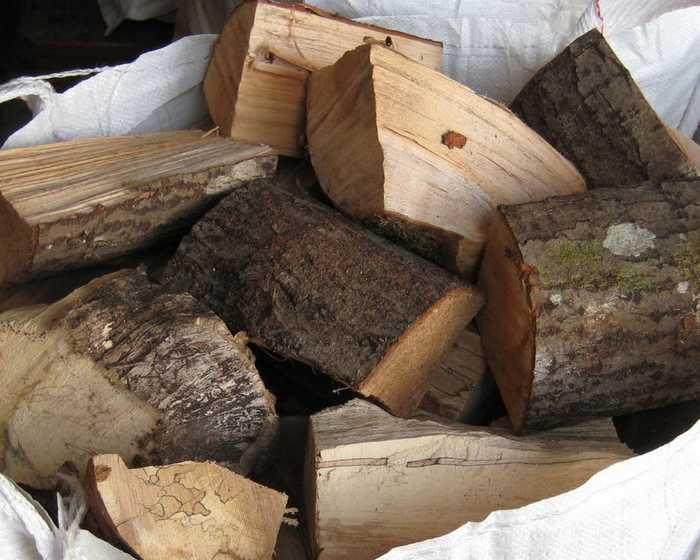
Hardwoods
Hardwood fundamentally comes from trees that lose their leaves in winter such as Oak, Ash, Beech etc. They are slow-growing (80-100) years to maturity and therefore provide a dense timber. The dense wood creates a hot, long-lasting fire with a low, consistent flame and without a lot of smoke or sparks.
The wood also creates hot coals which give out radiant heat for a long time. Since hardwoods burn longer they work better for overnight heating and will usually have coals leftover in the morning so you can quickly restart your fire. The dense wood takes longer to season or dry out (typically between 1-2 years) and it is harder to light compared to softwood.
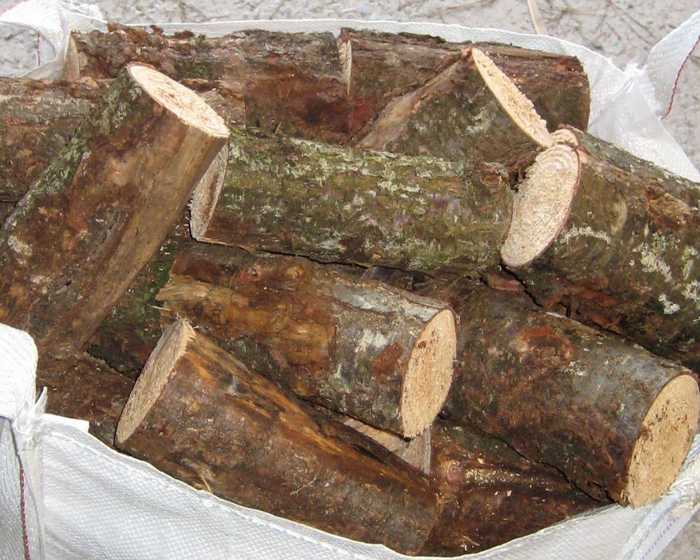
Softwoods
Softwood grows much faster maturing in 25-30 years and the timber is, therefore, less dense. Trees include Pine, Larch, Spruce, Douglas Fir etc. A fire built from softwoods burns very hot and very quickly. It will have large flames that crackle and spark and they leave behind fine ashes with little to no coals. Softwoods light much easier than hardwoods which makes them a popular choice for kindling. Besides kindling, softwoods are brilliant for campfires or open fireplaces. They also work great when mixed with hardwood to help freshen up a slow-burning fire.
Softwoods are cheaper and more readily available. They take much less time to season (dry out) - typically 6 months rather than the two years needed for hardwoods.
Kiln-dried logs are very dry and much cleaner insect-free firewood which means they are better for storing as there is less bark and debris to track into your home. They ignite easily, the fire burns cleaner and hotter and is unlikely to create a lot of soot on the stove window making it much more aesthetically pleasing. When burning on an open fire there is much less sizzling and spitting and the bright flame and aromatic fire smell help create real fire ambience while being more efficient, safer and better for your chimney.
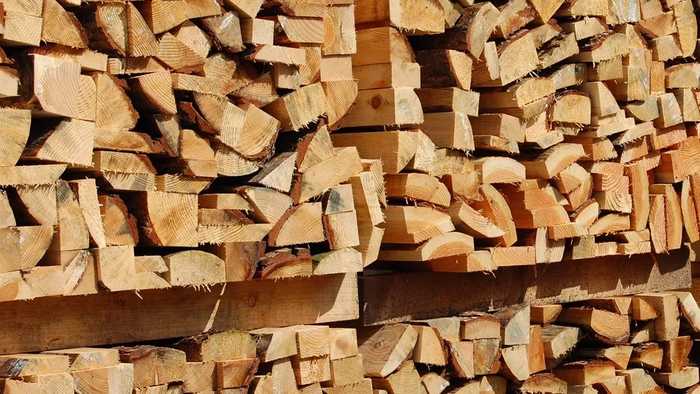
Seasoned Wood
You should always take care to burn only dried (seasoned) wood, either by buying it dry or by buying green logs and drying them yourself. The prime objective of seasoning is to reduce the moisture content (MC) of wood to make it suitable for use as fuel. Wood for the fire should have a moisture content of 20% or less to ensure that lower levels of PM2.5 particulates are released into the atmosphere in accordance with the Government's Clean Air Strategy 2019.
Using good quality logs with less than 20% moisture that are ready to burn will also enable you to achieve better heat efficiency as well as make it easier to clean and maintain chimneys, fireplaces and wood burners.
**Bringing seasoned logs indoors for a few days before burning will help to achieve low moisture content.
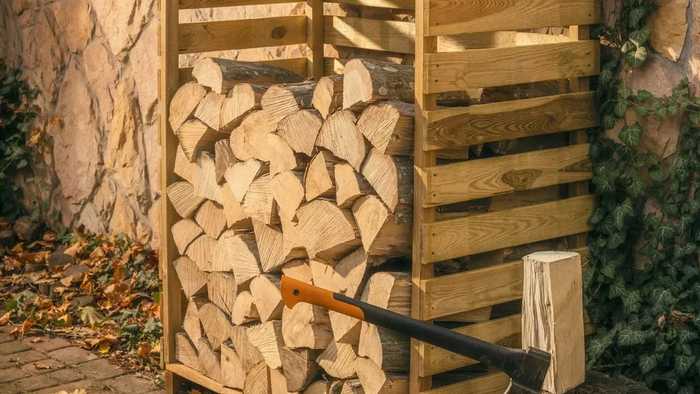
Stacking Firewood
- Keep your wood high enough off the ground to avoid absorbing moisture.
- Protect it from rain, but keep the sides open so air can flow through and dry it.
- Avoid stacking your wood against your house. It prevents airflow through your wood and can prevent the wall of your home from shedding moisture as well.
- Build proper corners! Having a woodpile fall apart in the middle of the winter is not fun.
- While you are stacking, be sure to split a variety of sizes so you can more easily maintain the level of fire you need.
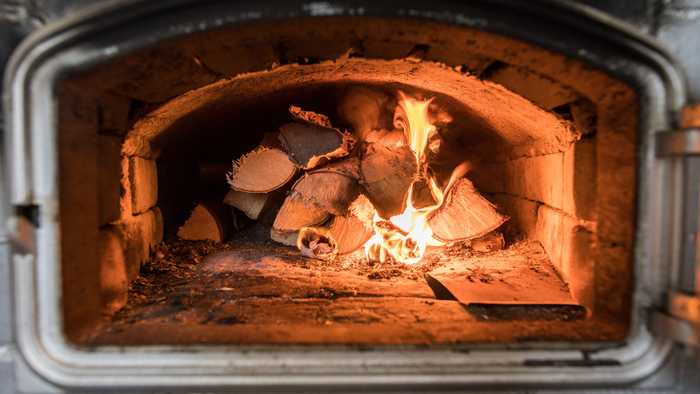
Some Tips for Starting the Fire
- A quick way to start a fire is to use a criss-crossed stack of dry softwood with some shredded and crumpled newspaper in the centre and mixed in, with a couple of thinly split pieces of hard wood on top. **Avoid using glossy paper like magazines.
- Ensure the air intake is not covered, ashes cleared away (try to keep the ashes under 2 inches)
- Many small pieces will light more quickly than a few big ones as it increases the number of surfaces where flames can ignite. So split your kindling thin.
- To re-ignite a coal bed, don't spread the coals thin but pile them together near the air intake, and put the kindling on top.
Fountain Timber Products is proud to be a BSL authorised supplier.
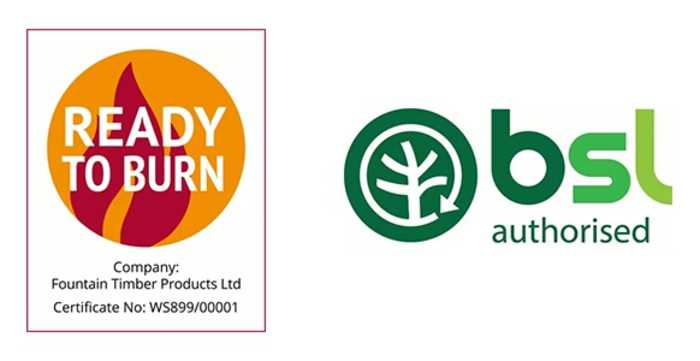
The information and advice in this article is provided in good faith and is designed to give general information and guidance. Any reliance you place on such information is therefore strictly at your own risk. If in doubt we strongly recommend you seek professional assistance.
If you need further advice with your purchase please ask our experienced staff, we will be happy to help!

